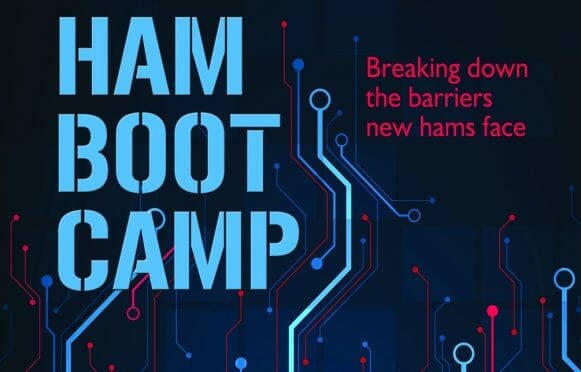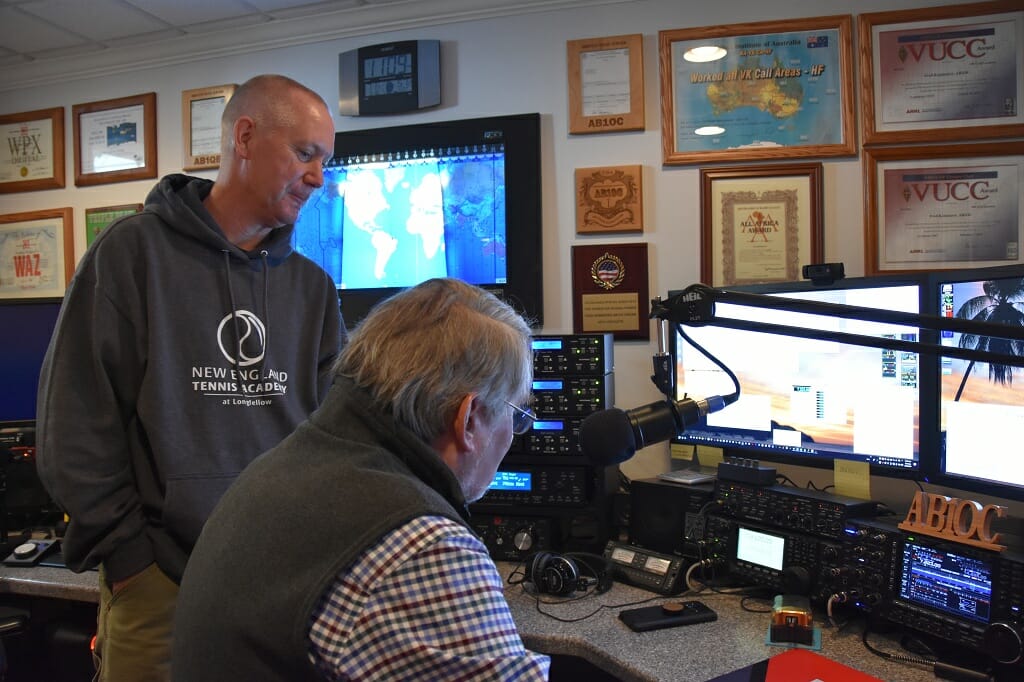Maine Section Manager Philip W Duggan, N1EP, writes on the ARRL Maine Members list:
On behalf of the Maine Section Cabinet, I wish you all a great Holiday season! Hopefully you all have your power back after that big blow last Monday. Is it just me, or does it seem that Maine is windier all year round now, between wind storms and just plain windy days? And there is no doubt it has been wetter this year; the ground is saturated!
Maine Section 2024 Goals
Please provide your input on what you think the Maine ARRL sections goals should be. You can send suggestions to n1ep@arrl.org. One of our primary goals will be reversing that staggering statistic that 80 percent of newly licensed hams disappear from the amateur radio scene
before their 1-year license anniversary. We need to find out why this happens and take steps to change that trend. It would help if more hams monitored or scanned their local repeaters and VHF/UHF simplex frequencies and answered someone when they put out their call sign on the air. There is nothing more frustrating than earning your amateur radio ticket and then you find there is minimal activity on the bands you can use. We are hams, let’s ham it up!
Maine VOTA Update
As the ARRL Volunteers-On-The-Air program wraps up at the end of this month, Maine just completed the second week-long stint operating as W1AW/1. Many kudos to John Huffman, K1ESE, Maine VOTA Coordinator, and all the operators who did such an outstanding job representing our section on the air in September and December. During the two week-long events, we racked up 13,372 QSOs! The top two prolific ops were Joe Blinick, K1JB and Dave Larrabee, K1BZ. Congrats all and thanks so much for your remarkable efforts!
Hamfest in Augusta
The Boat Anchor Hamfest is scheduled for Saturday, February 10 from 8am until noon. This is a great opportunity to abate the winter doldrums and get out and meet other hams and find some great deals. If you are a vendor or have gear to trade or sell, please plan on attending. The more the merrier. Many thanks to all who support Maine’s hamfests.
Straight Key Night
If you are a cw operator, don’t forget that New Year’s Eve and Day is Straight Key Night. Put your favorite straight key or bug on the air. I plan on using my Navy flameproof key. I will be calling CQ primarily on 80m and 40m. If you hear my QRS signal, give me a shout!
Simplex Challenge
Put Saturday, March 16 on your calendar now so you do not forget about the Maine 2-meter FM Simplex Challenge. It is sponsored by the Wireless Society of Southern Maine. Details are at http://www.ws1sm.com/2-Meter-Challenge.html
Statewide POTA!
Reminder that we are asking all Maine clubs and hams interested to activate a qualified park on Saturday, May 18 for Parks-On-The-Air. You can find a list and map of qualified parks and rules on the official POTA web site: https://parksontheair.com/
Speaking Of Volunteering
Why not make 2024 the year you volunteer for some important task that benefits amateur radio. Run for president or treasurer of your local club or help out with a club newsletter. Become a member of your local Amateur Radio Emergency Service (ARES) or become an ISS ARES operator. Don’t get excited, we will not send you to the International Space Station. ISS in this case stands for Independent Support Station. Learn how to originate and relay radiograms and participate in the National Traffic System (NTS). Become a Volunteer Examiner. Volunteer to serve as a net control station for a VHF or HF net. Organize a ham radio demonstration for your local scout troop, 4H, or school. Opportunities are abundant. There is a big need for hams to help out in a wide variety of ways. And you know what? It is most often fun and very rewarding.
Favorite Antenna
What has been your favorite antenna in your time as a ham? Even though I have fond memories of my HF yagi which broke last year, I still am a fan of dipoles. Simple lightweight dipoles for portable use, and I also have had great success with fan dipoles at my home station. What is your favorite antenna?
73 and wishing you all the best in this coming new year!
——————————————————————–
ARRL Maine Section
Section Manager: Philip W Duggan, N1EP
n1ep@arrl.org
——————————————————————–
 From the Hampden County (MA) Radio Association ZERO BEAT, January 2024:
From the Hampden County (MA) Radio Association ZERO BEAT, January 2024: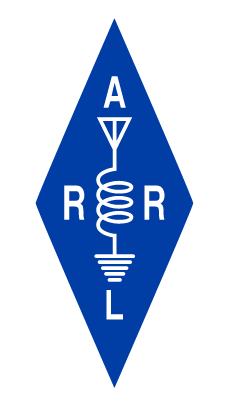
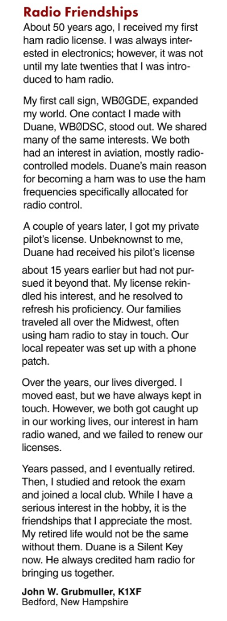
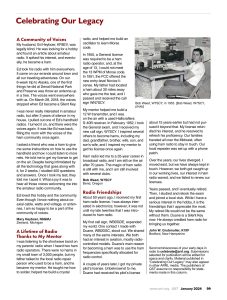
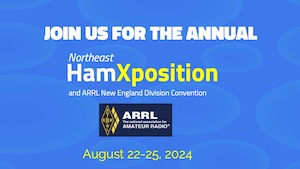 When Ken Miller, WB1DX, and his wife, Michele, KC1TIW, of Sturbridge, Massachusetts, attended the 2023 Northeast HamXposition and heard ARRL President Rick Roderick’s inspirational keynote address, Ken was moved by Mr. Roderick’s message and wrote a letter to the ARRL. It was published in the January, 2024 issue of QST under “Correspondence.”
When Ken Miller, WB1DX, and his wife, Michele, KC1TIW, of Sturbridge, Massachusetts, attended the 2023 Northeast HamXposition and heard ARRL President Rick Roderick’s inspirational keynote address, Ken was moved by Mr. Roderick’s message and wrote a letter to the ARRL. It was published in the January, 2024 issue of QST under “Correspondence.”
